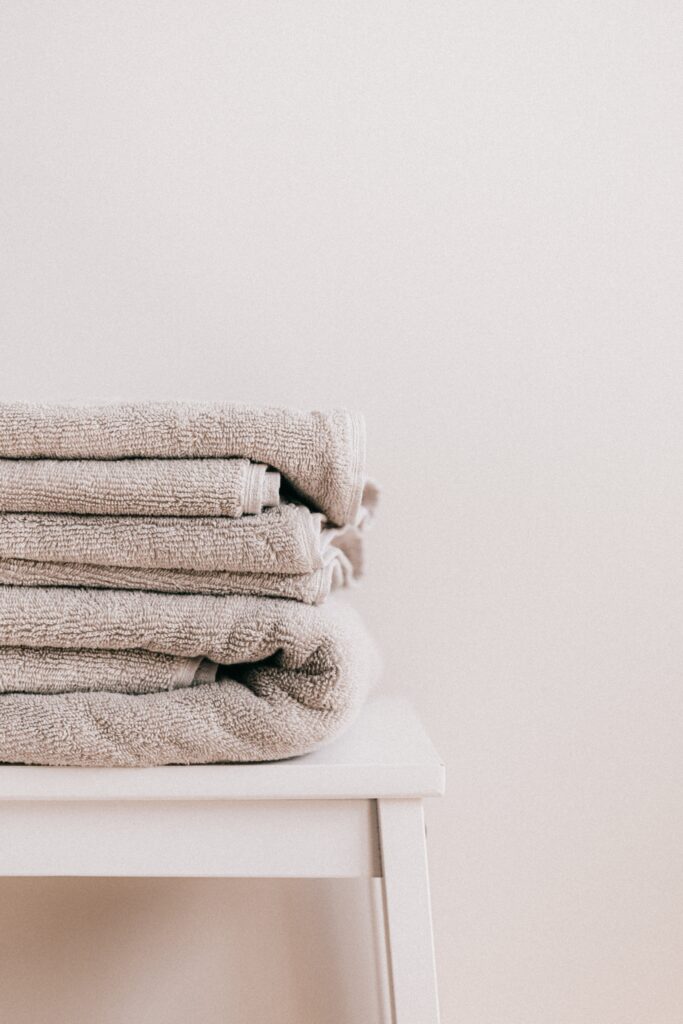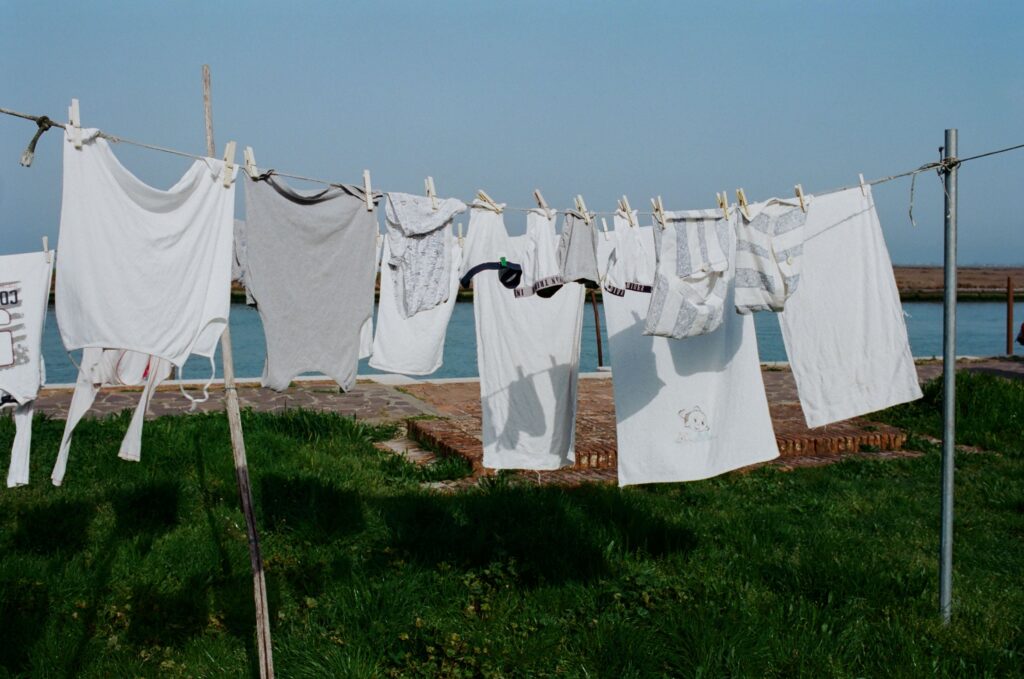Table of Contents
Mastering the Dry Cleaning
In the intricate landscape of fabric care, navigating the distinction between items that require dry cleaning and those that can be managed within the comfort of your home is akin to mastering an art. This detailed guide delves into the nuances of garment maintenance, emphasizing the critical role of care instructions and providing a clear roadmap to ensuring the durability and aesthetic appeal of your wardrobe.

The Art of Maintaining Your Wardrobe
Understanding the symbols and instructions on those tiny, often ignored tags inside your clothing is pivotal. These guidelines are not just suggestions; they are the blueprint for extending the life and preserving the integrity of each piece in your collection. Here, we explore the essentials of fabric care, focusing on when to seek the expertise of dry cleaning professionals and how to effectively manage other items with home remedies.
Essentials for Professional Cleaning
- Embellished Apparel: Items adorned with intricate details such as sequins, beads, or metal studs demand the careful handling that only professional cleaners can provide. The risk of damage in a standard home wash is high, but professional services ensure these delicate embellishments remain in impeccable condition.
- Rich-Hued Silks: The propensity of darker silks to bleed color necessitates their care be entrusted to professionals. This approach avoids the risk of color transfer, ensuring the fabric’s luxurious appearance is maintained.
- Formal Suits and Woolens: The crisp appearance of suits, particularly those crafted from wool, is best preserved through professional dry cleaning. This method extends their lifespan and maintains their form, which could otherwise be compromised by home laundering.
- Garments with Pleats: The precision of pleats requires specialized attention to keep them intact. Professional services employ techniques and equipment designed to preserve these features, maintaining the garment’s design as intended.
- Challenging Stains: The expertise of professional dry cleaners is unmatched in treating heavily stained items, employing advanced techniques and solvents to restore them to their original condition.
- Delicate and Synthetic Fabrics: Materials known for their vulnerability to shrinkage, such as rayon and chiffon, benefit from the gentle care provided by professional services, safeguarding them against the damage that heat and water can cause.
- Apparel with Linings: The complexity of maintaining the structure of lined clothing is best managed by professionals, as water can compromise the garment’s construction, altering its shape and appearance.
- Leather and Suede Items: The unique care requirements of leather and suede to prevent shrinkage, cracking, or other forms of damage make professional cleaning the optimal choice for these materials.
- Fur Clothing: The sensitivity of fur to water damage, especially those with skin on the underside, dictates that such items should be exclusively cared for by professional cleaning services to avoid drying out or shrinking.
Home Care Strategies for Your Garments
Not all clothing necessitates the expertise of professional dry cleaning. Many items can be effectively and safely cleaned at home, saving both time and resources while still achieving excellent results.
- Linen and Cotton Fabrics: These natural fibers are generally resilient enough for home laundering, provided they are free from embellishments. Opting for moderate water temperatures can help in preserving their color and preventing shrinkage.
- Cashmere and Fine Wool: The softness of these materials can be maintained through gentle handwashing, using mild detergents. This method is often more gentle than the chemicals used in professional settings, extending the fabric’s lifespan.
- Robust Synthetic Materials: Stronger synthetics such as polyester and nylon are well-suited to home care, capable of withstanding hand or machine washing on a gentle cycle.
- Pale-Colored Silks: Successful bleed tests indicate that these lighter silks can be hand-washed with care, circumventing the need for professional intervention and maintaining their sheen.
- Denim: The robust nature of most denim fabrics makes them ideal candidates for regular home washing, which can preserve their fit and comfort without the stiffness often resulting from professional cleaning.

Navigating Garment Care with Confidence
The directive to “Dry-Cleaning Only” on a garment tag should be followed to avoid potential damage, but understanding which items can forego professional cleaning can lead to significant savings and prevent unnecessary wear on your clothing. This comprehensive guide seeks to clarify the often murky waters of garment care, providing you with the knowledge needed to make informed decisions about fabric maintenance. In cases of uncertainty, seeking the advice of a professional cleaner can offer additional assurance, ensuring that your clothing receives the utmost care.
By mastering these principles of dry cleaning, you can enjoy a wardrobe that remains vibrant, well-maintained, and ready to make a statement, regardless of the occasion. Remember, the key to longevity in your clothing investment lies in understanding and applying the appropriate care techniques, whether they involve professional services or at-home remedies.



